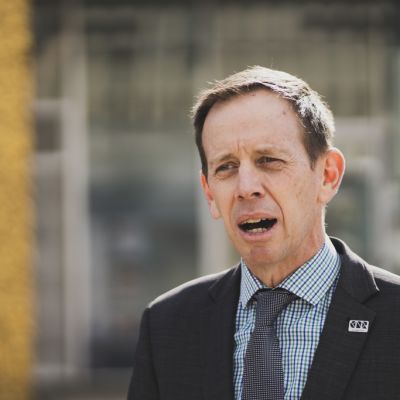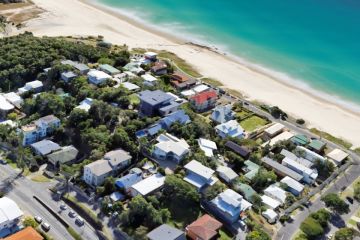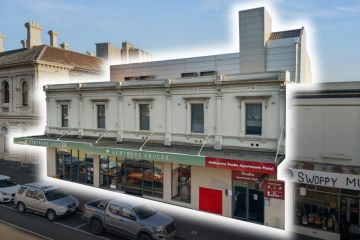What would an expansion into NSW mean for Canberra’s housing market?

The borders of the ACT are expanding for the first time in over 100 years, and the possibility of new housing will likely have a significant impact on affordability and options for housing in the territory.
ACT Chief Minister Andrew Barr has announced plans to expand Canberra’s borders in a north-west direction, following successful discussions with NSW Premier Dominic Perrottet.
The expansion will include land that the ACT co-owns with the Yass Valley Council, and will increase land supply for those living within the ACT.
Seventy per cent of new builds in the ACT are planned to lie within existing urban areas, while 30 per cent are to sit in greenfield areas within the existing borders, according to ACT’s housing strategy. Limited land availability in urban areas means the expansion will provide more options for building.
Last year, the ACT government bought two additional blocks of land across the border near the new Ginninderry development. The coming expansion will place the newly purchased blocks within Canberra’s borders.
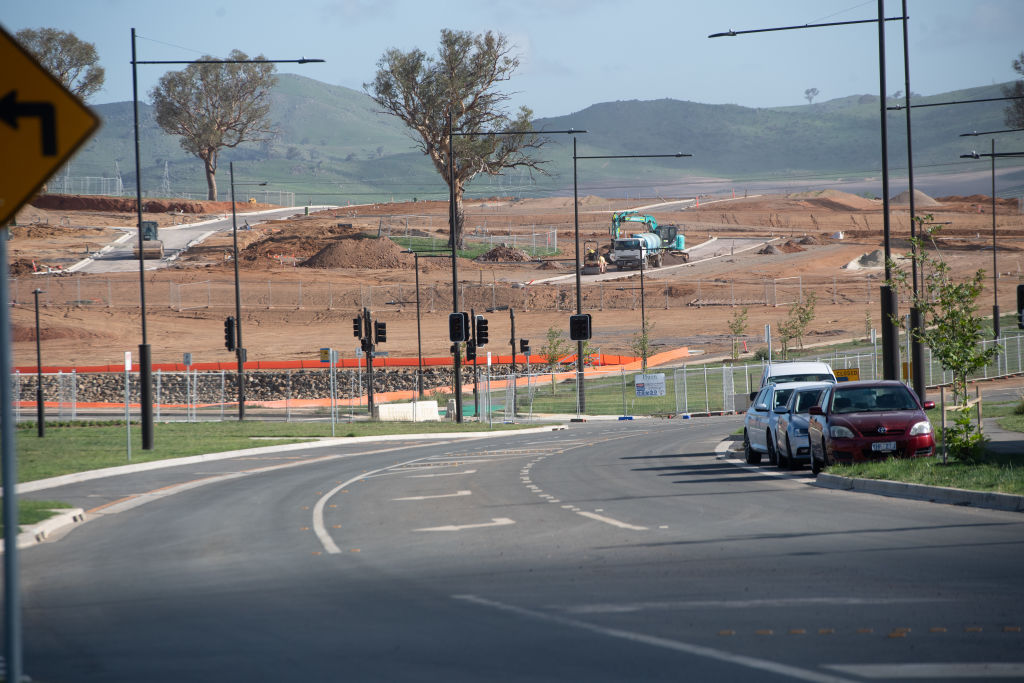
Master Builders ACT chief executive officer Michael Hopkins had been advocating for the expansion across Canberra’s border long before the announcement was made.
“Our advocacy has been based around wanting to increase land supply to accommodate our future population, so we are supportive of the government looking at ways it can expand its urban boundary,” he said.
“While there is a general undersupply of residential dwellings across the board in Canberra at the moment, there seems to be particularly high demand for land for single housing.
“We are hopeful that the expansion area could accommodate some more of that greenfield development, and land for single housing.”
Data from the latest census revealed Canberra’s population was over initial expectations for 2021, at 454,000 people. This was 21,000 over the estimated resident population, according to Barr.
The expansion would decrease the cost of building on the land and would better suit the population number, while also lowering the cost of land itself, Hopkins added.
“One of the main contributors to the rapid increase in land prices over the last few years is an undersupply in the ACT, given most of our greenfield land is developed by the ACT government,” he said.
“Adding to supply is one measure the government can use to ease those affordability pressures, and hopefully slow down the rapid increase in land prices that we have seen.
“Skilled workers are unable to find housing in the ACT too, so adding land supply is such an important part of the overall economic equation, not just for housing affordability but for attracting skilled workers.”
According to Domain data, the median cost for a block of land in 2021 in Canberra was $460,000.
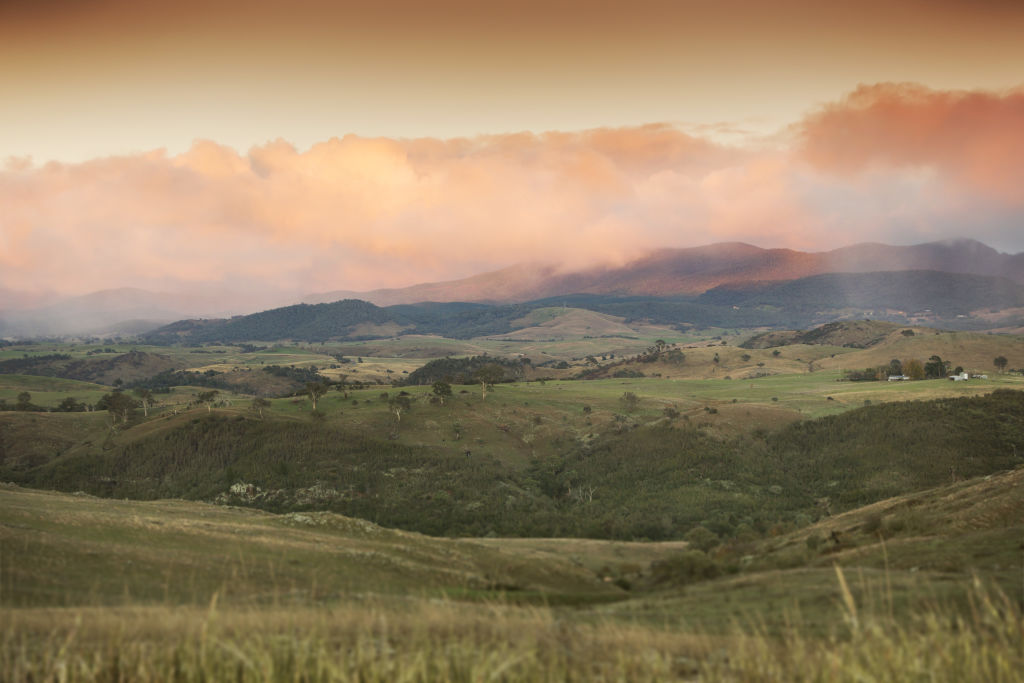
Housing Industry Association senior economist Nick Ward also said high land prices were driven by a lack of availability and a large amount of interest.
“An unusually sharp rise in the price of residential land indicates the supply of land is not keeping up with the new demand that has emerged during the pandemic,” he said.
“Over the year to the March quarter 2022, median lot prices increased by 19.7 per cent. This is not a normal increase – it is the strongest annual growth rate since 2004 … the [knock-down rebuild] segment of the market appears to be growing rapidly.
Ward added that the limited supply of land would likely reduce housing activity in greenfield areas from mid-2023 onwards. New lots of land available within new greenfield areas would combat this issue.
Despite less land being purchased, CoreLogic economist Kaytlin Ezzy agreed that the lack of land supply was driving cost increases.
“Increasing interest rates, rising construction costs and increased uncertainty, particularly across the building industry, has likely smothered some land demand,” she said.
“[But] the surge in land prices suggests that those that want to build are finding it difficult to secure lots.”
“The scarcity of available residential land continues to be a driving factor across Australian land markets, with land surging at a time when the number of lots sold is decreasing.”
We recommend
We thought you might like
States
Capital Cities
Capital Cities - Rentals
Popular Areas
Allhomes
More

